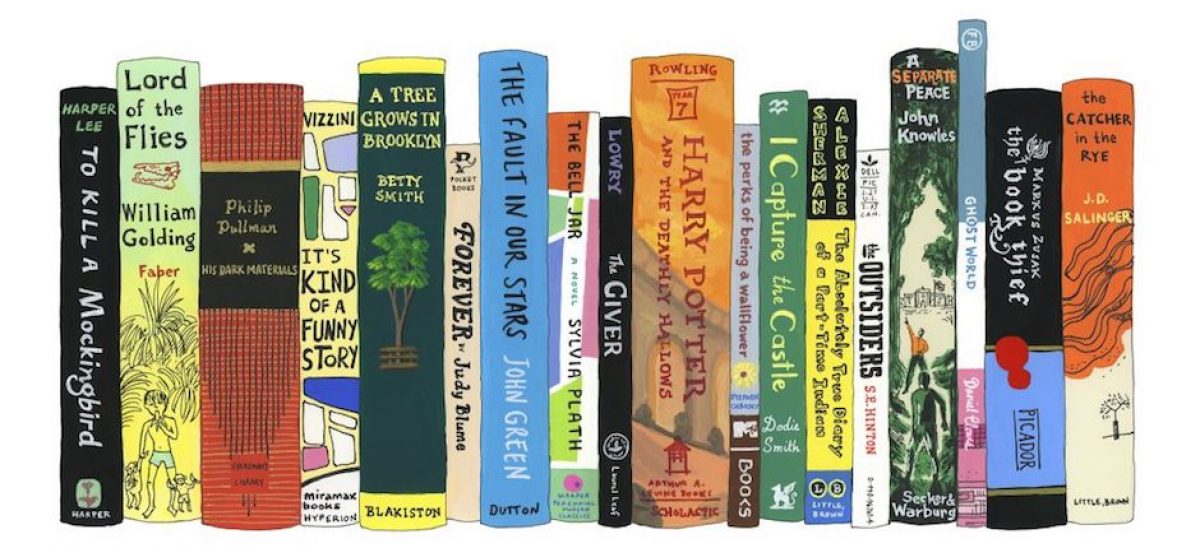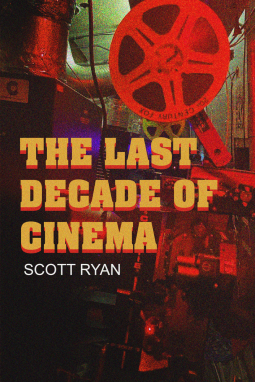By: Angie Haddock
A farm kid at heart, and a Nlaka’pamux woman of mixed ancestry, Dr. Jennifer Grenz always felt a deep connection to the land. However, after nearly two decades of working as a restoration ecologist in the Pacific Northwest, she became frustrated that despite the best efforts of her colleagues and numerous volunteers, they weren’t making the meaningful change needed for plant, animal, and human communities to adapt to a warming climate. Restoration ecology is grounded in an idea that we must return the natural world to an untouched, pristine state, placing humans in a godlike role—a notion at odds with Indigenous histories of purposeful, reciprocal interaction with the environment. This disconnect sent Dr. Grenz on a personal journey of joining her head (Western science) and her heart (Indigenous worldview) to find a truer path toward ecological healing.
–Goodreads
Obviously, this book fits in with a lot of the reading I’ve been doing this year on climate change. But it also fits with one of my reading themes from last year, in that it is about Indigenous life and is by an author with ties in that community.
We first learn a lot about the author herself. Her great-great-grandparents moved into the “colonial” world, and hid the fact that they were Indigenous, to protect their children. The next generation, while still knowing their ancestral languages, went even further and never spoke them in front of their own children. So the next generation of kids – the author’s grandma and her siblings – did not even know that they had Indigenous roots.
The author grew up working the land, though, as it was part of her family’s traditions. She knew she wanted to do something related to that when she grew up, and studied ecology. She introduces the idea of “Eden ecology,” where the goal is to return an area to its “former” state… but what does that even mean?
It’s often governments who initiate these programs, and there is this unspoken ideal that the land/plants/wildlife need to be like they were in a particular area before humans messed it up. But, as an adult the author comes to realize that, when looking through an Indigenous lens… people were always here. Humans are part of the ecosystem. And they farmed, fished, and engaged in animal husbandry of their own sorts, even if it didn’t look like the industrialized version we see today.
The concepts in the book are organized in the four “directions” of the Medicine Wheel: North for knowledge from the Elders; East for starting on a learning journey, often represented by being young or being a novice; South for being a “young elder” who is ready to work with others and keep the knowledge flowing, and who knows to expect that change is inevitable; and West, ready to put the lessons into action. (But also, with the understanding that one will travel around this cycle many times – perhaps on a different topic entirely, or because new information needs to be taken in about the topic at hand.)
One main theme here is whether or not Indigenous and Westernized views can ever truly be integrated – and whether or not Western science is even interested in that, or just sometimes gives the idea lip service.
Another, though, is that humans are inherently part of our environment. We need to take an active role in learning about the land (and waterways) around us. And she talks about the power of story – her own, but also stories of a particular place. We can look at the plants, wildlife, etc. as an ongoing story to see if we can figure out where things took a turn, where they might need to go next, etc. The Indigenous worldview sees all creatures as “relations,” and we can all benefit by examining our relations to each other – human, animal, plant, land, water, government, learning systems, and so on.
This book comes out today, and I was able to read ahead via Netgalley and the publisher, University of Minnesota Press.
Processing…
Success! You're on the list.
Whoops! There was an error and we couldn't process your subscription. Please reload the page and try again.












